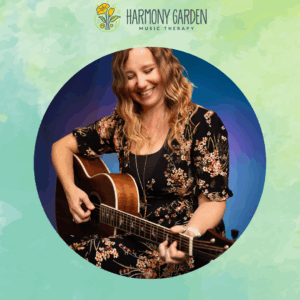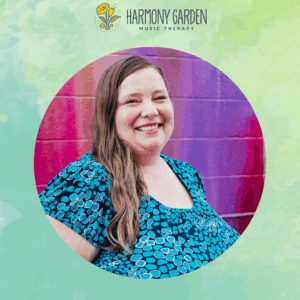So What Does That Look Like Exactly? Part III: Composition
Most people I meet don’t have a clue what I do as a Board Certified Music Therapist. It’s hard to conceptualize something you’ve never seen or experienced before, and because music therapy is used in such broad populations (medical, psych, school, special needs, veterans, all ages, etc.) and for such widespread goals, sometimes it’s hard to keep track of it all!
When I was in college, my teacher broke down music therapy interventions into four main categories to help us keep it all straight:
-
- Receptive Music
- Re-creative Music
- Composition
- Improvisation
Now, before you freak out, don’t assume “composition” means we’re writing movie scores over here (though…why not?) Also keep in mind that while a music therapist is trained in the various aspects of composition and performance, the client does not have to be. It is the music therapist’s job to guide and support the client and to promote a successful and enjoyable experience while working toward the client’s non-musical goals.
- Fill in the blank compositions are widely accessible to clients of all ability levels and can be composed through verbal or non-verbal communication
- Parody songs or “piggyback” songs are composed by changing some or all of the lyrics to a previously composed song. Check out our parody of Frozen 2’s “Some Things Never Change” here!
- Compositions can get creative by assigning letters to different notes on an instrument, then spelling words to create melodies. You can also use the letters that are already given to specific notes like Music Therapist Jon Samson did in this song or you could roll a dice to determine which notes or rhythms to play (a favorite of one of my clients.) For word based compositions, try starting with a poetic structure like a Haiku to either be used as a chant or turned into song.
- And, of course, a Music Therapist can provide whatever level of support is necessary for a client to write a completely original composition as it meets their desired goal areas.
Compositional interventions are great for encouraging expression, building confidence, exploring creativity, or promoting a social experience for a group. (And they’re super fun!)




